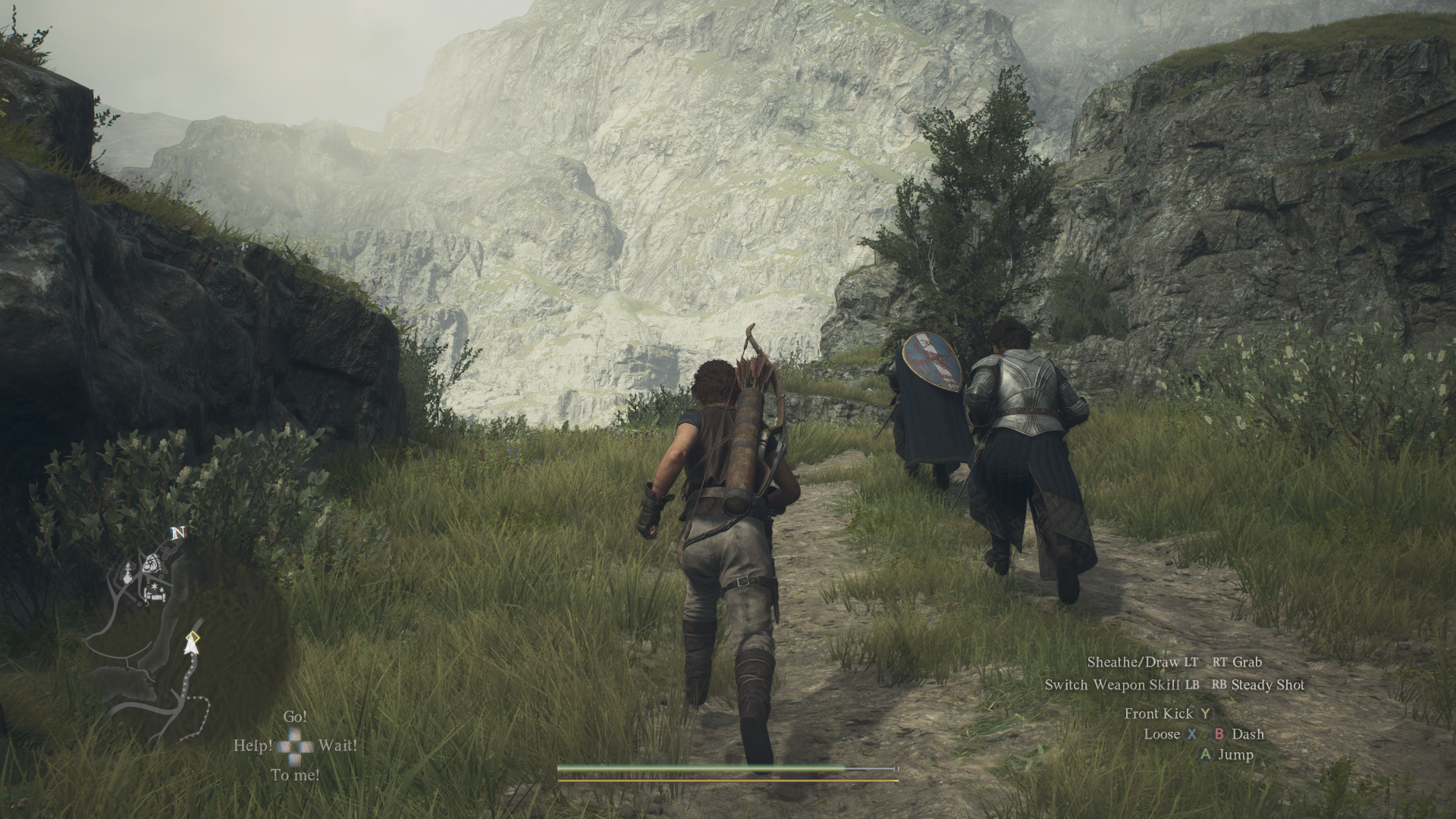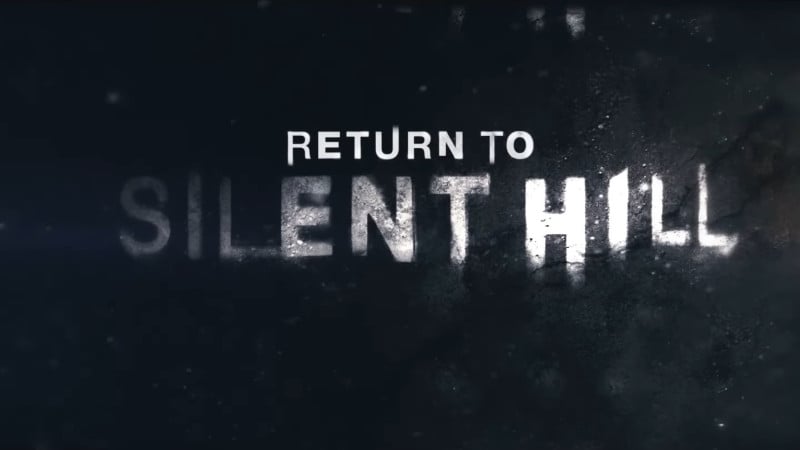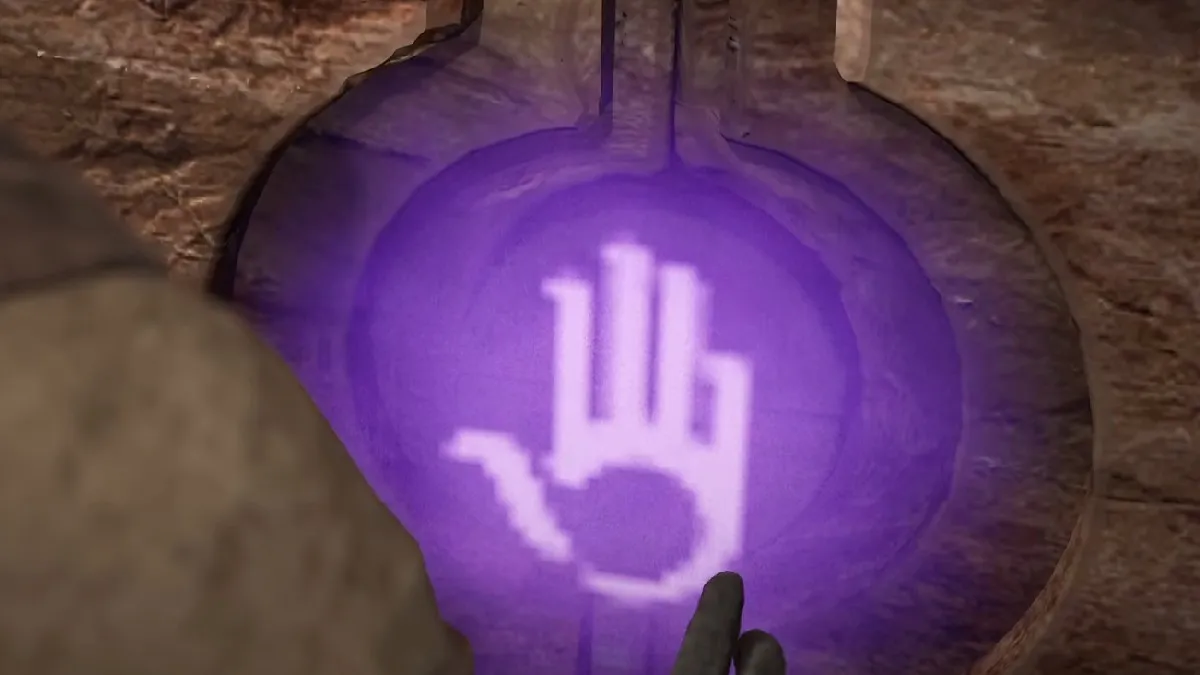
And that's especially true where games are released on Steam.
There have been some major PC games released these past couple of months. In February, we got Helldivers 2, Pacific Drive, and Sons of the Forest came out of Early Access. This month, it’s been Dragon’s Dogma 2 and the PC-port of Horizon Forbidden West that have garnered all the headlines. They’re as varied as you can get, in terms of performance, gameplay, and features.
But they all have one thing in common and that’s ‘system requirements’—a list of PC components the publishers claim are needed as a minimum or ones that they recommend. The time I’ve recently spent testing the performance of Dragon’s Dogma 2 (as well as Pacific Drive, Sons of the Forest, and Horizon Forbidden West, just because I wanted to) has reminded me an awful lot of developers know very little about PC hardware and although this is something I’ve know about for a long time, and experienced first hand, it’s still a surprise that the industry hasn’t got better at this.
Let’s take Dragon’s Dogma 2 to start things off. The minimum system requirements on Steam are a Core i5 10600 or Ryzen 5 3600, with 16 GB RAM, and a GeForce GTX 1070 or 8GB Radeon RX 5500 XT. The first thing to note is that Capcom, unlike the developers of the rest of the games I’ve mentioned, have stated an expected performance figure to go with this: 30 fps at 1080p.
The closest PC configuration I had to the above for testing was a Ryzen 5 5600X, 16GB of RAM, and a Radeon RX 6600. In the main city area, called Vernworth, that PC ran the game at just under 40 fps on average with all of the quality settings put to the lowest values. Depending on what game you test it with, the Ryzen 5 5600X can be an awful lot faster than a Ryzen 5 3600, and the Radeon RX 6600 is certainly better than the RX 5500 XT.
I wouldn’t recommend 30 fps with checkerboard 4K for anyone because that kind of performance is janky as anything
Sure the performance was better in the open world but not hugely so, which raises one simple question: What settings are Capcom using to claim 30 fps at 1080p on such a configuration? The game has two quality presets, Low and High, and although there are a wealth of Dragon’s Dogma 2 PC settings to play around with, many of them make little difference to the overall performance.
And then there’s the recommended requirements of a Core i7 10700 or Ryzen 5 3600X, 16GB of RAM again, and a GeForce RTX 2080 or Radeon RX 6700. Here Capcom suggests an estimated performance of 30 fps at 2160i (or 4K). At first I thought the ‘i’ was a typo but after all the testing, I came to realise that it refers to using the game in Interlaced rendering mode, which almost certainly forces the engine to render the frame checkerboard style. In other words, you’re not getting a full 4K’s worth of pixels each frame, just a fraction of it, and the rest are interpolated.
Dragon’s Dogma 2 needs a far better CPU than Capcom recommends. (Image credit: Capcom)
Using a Ryzen 5 5600X with a GeForce RTX 4070 (which is much faster than an RTX 2080), I got just under 50 fps at 2160i in the open world and a little under 40 fps in Vernworth, all using maximum quality settings. So, again, what settings did Capcom use? I suspect for minimum it was with the Low preset and High for the recommended system, but in the case of the former, I don’t think it really matters. I’ve always viewed minimum system requirements as nothing more than a ballpark arrangement for just getting the game to work, and 30 fps at 1080p would be my own minimum expectations.
But 30 fps for checkerboard 4K as ‘recommended’? I don’t know about you but I wouldn’t recommend that for anyone because that kind of performance is janky as anything on a gaming PC.
I know it’s not possible for publishers, even the largest of them, to have their games thoroughly tested across the full gamut of hardware available. And sometimes the game spends so long in development that multiple generations of components come and go, leaving what testing that does get done rather less relevant.
But look at Capcom’s system requirements again. There’s hardly any difference between the minimum and recommended CPUs, especially on the AMD side, but there’s an absolute gulf between a GTX 1070 and an RTX 2080. The developers would have been well aware about just how CPU-limited the game is, so the recommendations don’t make a lot of sense. But Capcom isn’t alone in having odd suggestions—here are the recommended system requirements on Steam for the other games:
Horizon Forbidden West: Core i5-8600 or Ryzen 5 3600, 16 GB RAM, GeForce RTX 3060 or Radeon RX 5700Helldivers 2: Core i7-9700K or AMD Ryzen 7 3700X, 16 GB RAM, GeForce RTX 2060 or Radeon RX 6600XTPacific Drive: Intel Core i5-10600k, 16 GB RAM, Nvidia RTX 2080/3070Sons of the Forest: Core i7-8700K or Ryzen 5 3600X, 16 GB RAM, GeForce 1080 Ti or Radeon RX 5700 XT
Other than the i5 10600K for Pacific Drive, the other CPU recommendations are just weird. It’s not that they’re mostly six core processors, it’s that they are all five or six years old and in some cases, they’re paired with graphics cards that are half that age. That’s absolutely fine as a minimum but very odd for ‘recommended’. It doesn’t help that there are no estimated performance figures or screen resolutions, let alone quality settings, with those specifications, leaving one to wildly guess as to what ‘recommended’ actually means.
At this point, it’s important that I highlight the fact that these requirements are taken from the games’ Steam entry. Head over to the official webpage for Horizon Forbidden West and it’s a much clearer picture:
(Image credit: Sony)
Just a cursory glance at those specs tells us everything we need to know about what Sony, the publishers that handled the port of HFW, are talking about when they say ‘recommended’—it’s a more realistic minimum, not what it’s suggesting you should use. This time we’re getting the quality settings used, resolution, and average performance. The other game I’ve mentioned that Sony publishes is Helldivers 2 and its official webpage also has the full info needed.
I’d be a lot happier if publishers dropped the whole ‘minimum’ requirements thing
That’s great and all, but why didn’t Sony include the full system requirements information on Steam? It could be easily added in the form of a picture that could be zoomed in to check it out properly, so it’s not a question of there not being enough space for it. And if that’s simply not possible, for whatever reason, then why not simply state the minimum and ‘high’ specs? Or even just add the resolution and settings—it’s literally one extra line of writing!
Unfortunately, neither Pacific Drive nor Sons of the Forest have clearer system requirements anywhere that I can see and it’s a little puzzling as to why the makers of those games don’t have dedicated webpages for the requirements, particularly the latter given that it’s a PC-only release.
The requirements on Steam for Horizon Forbidden West don’t show the full picture. (Image credit: Sony)
PC system requirements for games has been a long running issue for me, not just the lack of clarity and information, but also the instance of stating odd or old configurations. I’d be a lot happier if publishers dropped the whole ‘minimum’ requirements thing and used their ‘recommended’ specs as the base configuration, as well as provided an average performance, with resolution and quality settings.
That’s it: I don’t need to know anything more. Horizon Forbidden West has a wealth of settings you can play around with, along with upscaling and frame generation options, to ensure if you have a gaming PC that’s better than the recommended specs, you’ll have no problem getting the perfect balance between performance and graphics. The chances of anyone having an exact same configuration as those given in the full requirements is relatively small, as there are thousands of possible combinations of CPUs and GPUs.
A fully fleshed out, sensibly specified, baseline configuration is all that’s really needed. PC gamers are savvy enough to figure the rest out themselves.




